Plaza de España
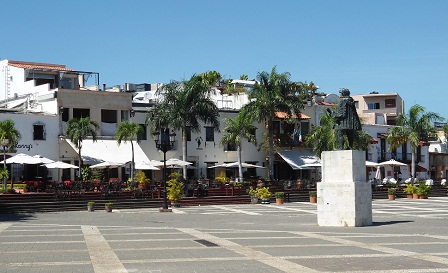
This wide square has beautiful views of the Alcázar and the Ozama River. It also offers a variety of restaurants with large outdoor terraces, as well as interior dining options. Plaza de España is the perfect spot for an evening stroll, especially on weekends when the Ministry of Tourism hosts traditional music and dance performances.
The square is located at the north end of Calle Las Damas and is bordered by Calle La Atarazana
Calle Las Damas
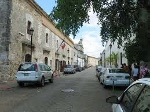
The oldest street in the New World, Calle Las Damas offers a glimpse of the splendor of Colonial Santo Domingo. The fortress, the former noble residences, and other colonial buildings lining the street have been converted into museums, upscale hotels and government buildings.
Originally called Calle de La Fortaleza, the name was changed when important noblewomen – including Maria of Toledo, wife of Diego Colón and great-niece of King Ferdinand II of Aragon – moved to the city. In true Spanish tradition, these ladies took a stroll down the street every evening, leading to the new name Calle Las Damas or “Ladies Street”.
The street is now one of the most famous Colonial Zone attractions.
Calle El Conde
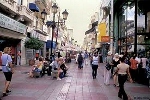
El Conde is an animated pedestrian street featuring many shops, cafes and restaurants. About 1km long, it runs from Parque Independencia to Calle Las Damas. The street was named after Conde de Peñalba, who valiantly defended the city against a British invasion in 1655. While not an upscale shopping area, El Conde is a great way to experience the local culture.
Monasterio de San Francisco
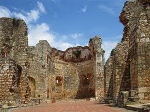
The oldest Franciscan monastery in the New World, it was built in 1508 but severely damaged during the invasion led by Sir Francis Drake in 1586. After being rebuilt, it was damaged again by earthquakes in 1673 and 1751. The monastery was converted into a mental hospital in the late 1800s and was finally destroyed by a hurricane in the 1930s.
The dramatic ruins are now used as a backdrop to performances. On Sunday evenings, the Ministry of Tourism holds free open-air concerts where locals and tourists can dance the merengue and enjoy the lively atmosphere.
Calle Hostos and Calle Emiliano Tejere
Hospital San Nicolás de Barí
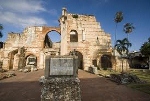
Built in 1503, Hospital San Nicolás de Barí was the first hospital in the New World. The building survived Sir Francis Drake’s invasion as well as several earthquakes and hurricanes. It was finally destroyed in 1911 by a hurricane, leaving the picturesque ruins that can be seen today.
Calle Hostos, corner of Calle Luperón